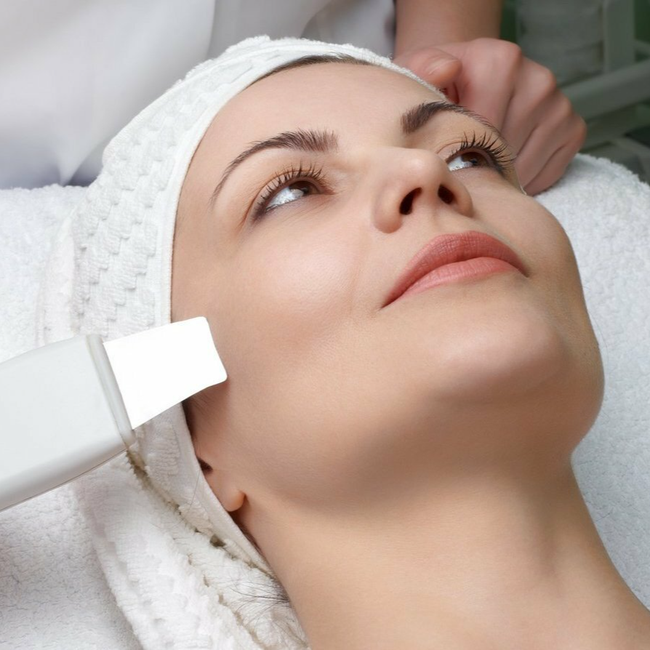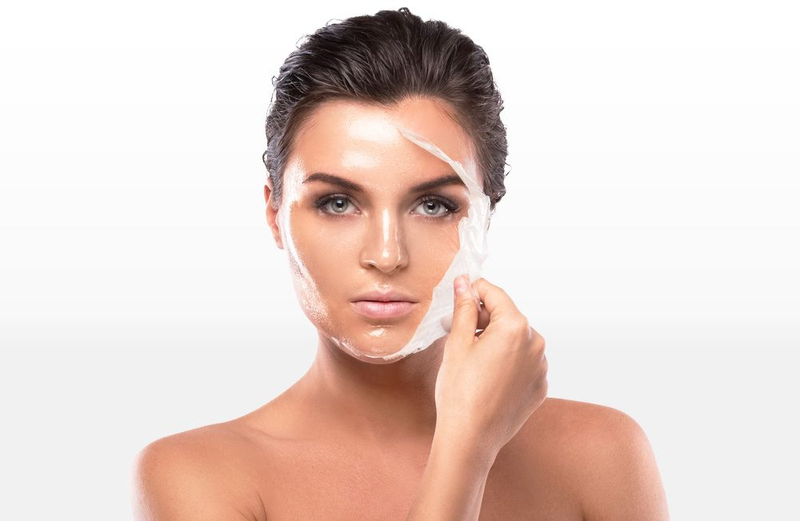When it comes to skincare innovations, few treatments have stood the test of time quite like chemical peels. Among them, PCA Peel Treatment in Dubai has gained remarkable attention for its safe, science-backed, and effective approach to rejuvenating the skin. But what exactly goes on beneath the surface when this treatment is applied? Understanding the science behind a PCA peel offers insight into why it’s become a popular choice for those seeking a radiant, youthful complexion in the Dubai climate.
Understanding the Basics of PCA Peels
Before diving into the science, it's essential to understand what PCA peels are and how they differ from traditional chemical peels.
Why PCA Peel Treatment in Dubai?
Dubai’s hot and sunny climate can lead to increased sun exposure, pigmentation issues, and clogged pores due to humidity. Many residents turn to PCA peel treatments for their ability to deeply cleanse, resurface, and renew the skin without extensive downtime—making it ideal for people with busy urban lifestyles.
The Science Behind PCA Peel Treatment
To understand how a PCA peel works, it's helpful to explore the biological and chemical processes involved.
Exfoliation at the Cellular Level
Our skin naturally sheds dead cells, but over time, this process slows, leading to a buildup of dead skin on the surface. PCA peels accelerate this process through chemical exfoliation, which differs from physical exfoliation (like scrubs) by working on a microscopic level.
The peel solution contains exfoliants such as:
Alpha Hydroxy Acids (AHAs) – Lactic acid and citric acid help loosen the bonds between dead skin cells.
Beta Hydroxy Acids (BHAs) – Salicylic acid penetrates oil-laden pores to clear blackheads and prevent acne.
Trichloroacetic Acid (TCA) – A medium-depth peeling agent that encourages collagen stimulation and reduces signs of aging.
These acids dissolve the intercellular "glue" that binds dead skin cells, allowing them to slough off naturally and revealing fresh, healthy skin underneath.
Controlled Dermal Injury and Skin Renewal
While the word "injury" might sound alarming, it's a controlled and intentional part of the peel process. The PCA peel creates a micro-injury in the skin, which stimulates the body's natural healing response. This leads to:
Increased collagen production
Faster cell turnover
Improved skin elasticity
Reduction in hyperpigmentation through melanin regulation
This biological response is what gives the skin a firmer, smoother appearance after the treatment.
Antioxidants and Soothing Agents
Unlike older chemical peels, PCA formulations also include ingredients that protect and calm the skin, such as:
Kojic Acid – Brightens the skin and reduces pigmentation.
Azelaic Acid – Reduces inflammation and bacteria, ideal for acne-prone skin.
Licorice Root Extract – Calms redness and irritation.
Vitamin C – Offers antioxidant protection and supports skin regeneration.
These components help to minimize irritation and maximize results, which is particularly beneficial for those living in Dubai, where environmental stressors can affect skin sensitivity.
The PCA Peel Process: What to Expect
Understanding the process can help set realistic expectations and reduce any apprehension.
Step 1: Skin Assessment
A professional will evaluate your skin type, concerns, and sensitivity level to determine the best PCA peel formulation. This ensures personalized care, which is key to achieving optimal outcomes.
Step 2: Prepping the Skin
The skin is thoroughly cleansed and prepped to remove oil, dirt, and makeup. This allows the peel solution to penetrate effectively.
Step 3: Layered Application
PCA peels are applied in layers, allowing the practitioner to customize the depth of exfoliation. You may experience a mild tingling or warm sensation during this phase.
Step 4: Leave-On Formulation
Unlike traditional peels that are washed off, many PCA peel treatments are designed to remain on the skin. Over the next few days, you might notice:
Mild peeling or flaking
Slight redness
Progressive improvement in texture and tone
Step 5: Post-Treatment Care
You’ll be given a post-treatment plan that includes:
Avoiding sun exposure
Using a gentle cleanser and moisturizer
Applying broad-spectrum SPF regularly
Following this regimen is crucial for ensuring safe healing and long-lasting results.
Quick and Convenient
With minimal downtime, the treatment is ideal for people on the go. You can schedule a PCA peel during your lunch break and resume daily activities shortly after, making it perfect for the fast-paced lifestyle many Dubai professionals lead.
Addressing Climate-Specific Skin Issues
Dubai’s desert climate often leads to:
Sun-induced pigmentation
Clogged pores from dust and pollution
Dehydrated skin due to air conditioning
A PCA peel can help counteract these issues by promoting clearer, brighter, and more hydrated skin.
Final Thoughts
The science behind PCA peel treatments Dubai lies in its strategic combination of chemical exfoliation, skin renewal stimulation, and protective nutrients—all tailored for individual needs. In a city like Dubai, where environmental factors challenge skin health daily, PCA peels offer a reliable and effective solution for rejuvenation.





Top comments (0)